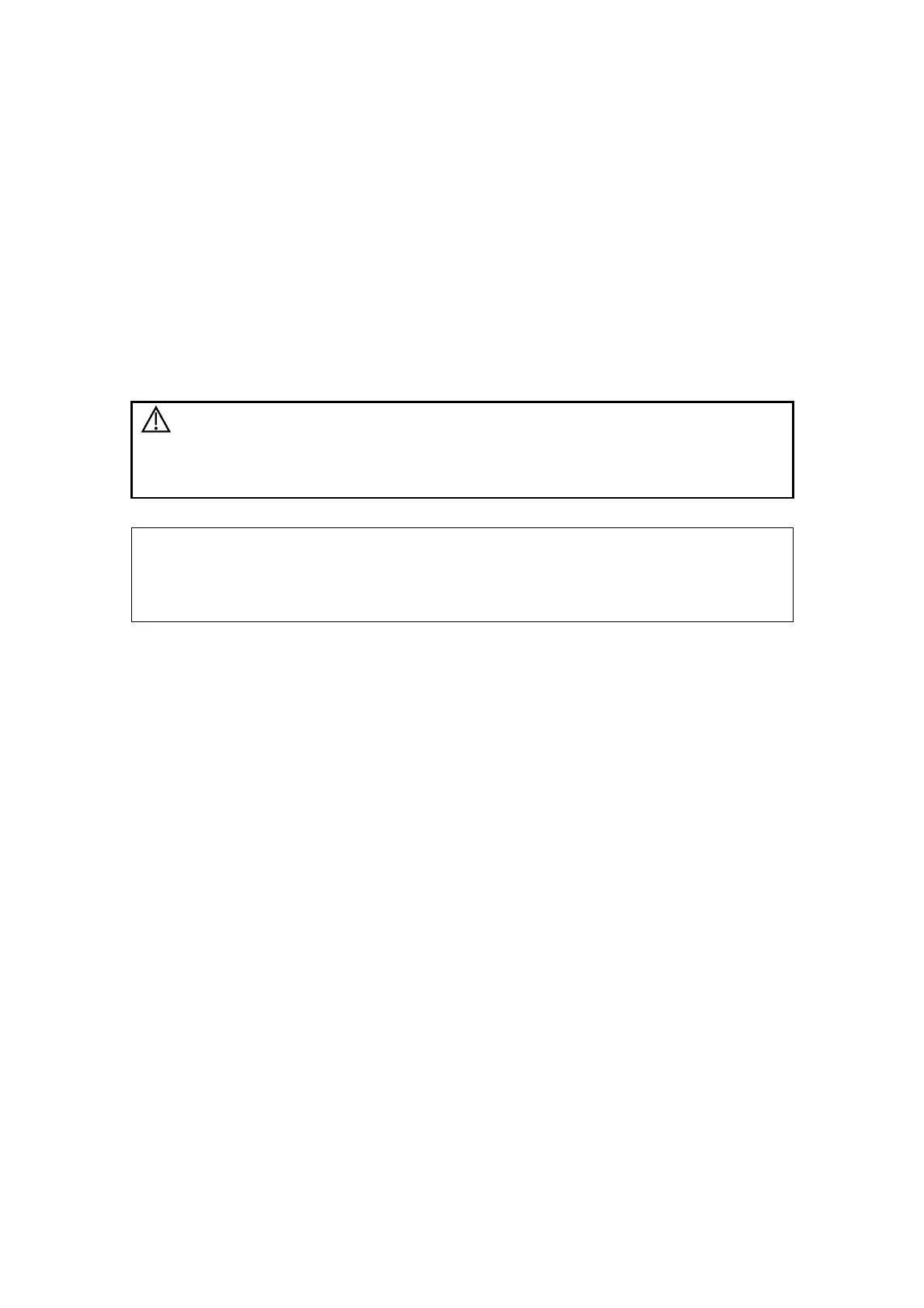Image Optimization 5-85
5.14 Contrast Imaging
2D contrast imaging is used in conjunction with ultrasound contrast agents to enhance the
imaging of blood flow and microcirculation. Injected contrast agents re-emit incident
acoustic energy at a harmonic frequency which is much more efficient than the
surrounding tissue. Blood containing the contrast agent stands out brightly against a dark
background of normal tissue.
Contrast imaging is an option.
Only probe C5-2s and 3C5s in Adult ABD support contrast imaging.
Items that appear in the menu or the soft menus are dependent upon preset, which
can be changed or set through "[Setup] -> [Image Preset]"; please refer to "5.16
Image Preset" for details.
CAUTION:
Set MI index by instructions in the contrast agent accompanied
manual.
Read contrast agent accompanied manual carefully before using
contrast function.
NOTE:
Be sure to finish setting the parameters before injecting the agent into the
patient to avoid affecting the image consistency. This is because the agent's
acting time is limited.
The contrast agent used must comply with the relevant local regulations.
5.14.1 Basic Procedures for Contrast Imaging
To perform successful contrast imaging, start with an optimized B image and have the
target region in mind. To perform contrast imaging:
1. Select an appropriate probe and exam mode. Perform 2D imaging to obtain the target
image, then fix the probe.
2. Enter Contrast mode: click [Contrast Imaging] on the soft menu or press the
user-defined Contrast key directly.
3. Adjust the acoustic power experientially to obtain a good image.
Observe the tissue image to find the target view.
4. Inject the contrast agent, and set [Timer 1] to “ON” to start the contrast timing. When
the timer begins to work, the time will be displayed on the screen.
5. Observe the image. Use the [Pro Capture] and [Retro Capture] on the soft menu or
the user-defined keys (defined as prospective capturing and retrospective capturing)
to save the images. Click those soft menu controls again or press <Freeze> to end
the live capture.
Perform several live captures if there are more than one sections of interest.
6. At the end of contrast imaging, set [Timer 1] to “OFF” to exit the timing function.
Perform procedures 3-5 if necessary.
For every single contrast imaging procedure, use [Timer 2] for timing.
If necessary, activate the destruction function by clicking [Destruct] to turn it to “ON”
and destruct the micro-bubbles left by the last contrast imaging, or to observe the
reinfusion effect in a continuous agent injecting process.
7. Exit contrast imaging.

